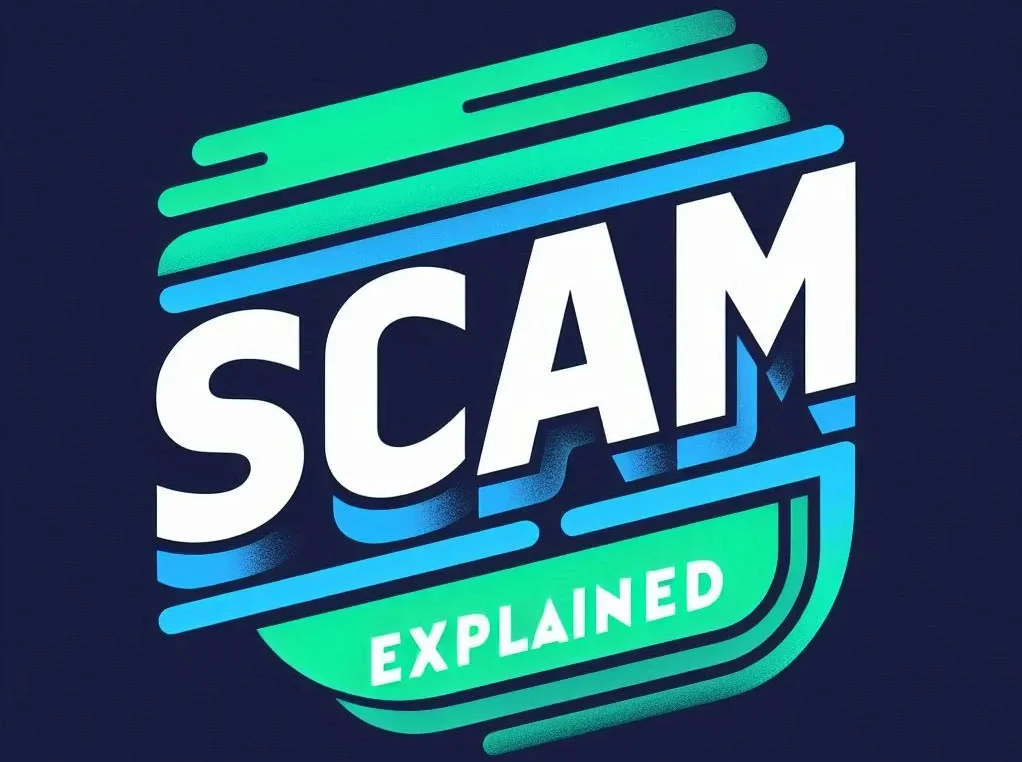We live in a digital age where technology has brought us many conveniences. However, this advancement also brings along unscrupulous people looking to exploit it for nefarious purposes.
One such example is the Feed Foundation Scam, involving spam calls designed to trick you into revealing personal information. This blog post aims to arm you with the knowledge to identify, avoid, and report this scam.
Understanding the Feed Foundation Scam
In the intricate web of the Feed Foundation scam, the fraudsters camouflage themselves as officials from the highly respected non-profit, the Feed Foundation, which aims to eradicate global hunger.
Capitalizing on the trust earned by this legitimate organization, they coax innocent individuals into sharing their personal details or making a contribution. The strategies they deploy are varied – from phishing emails and sham websites to their most popular tool – spam calls.
These ploys are carefully orchestrated to mimic genuine appeals, making it difficult for the average person to differentiate between a scam call and a legitimate one. This is what makes the scam so insidious and dangerous.
The Modus Operandi of Scam Callers
Diving deep into the operations of these crafty con artists reveals fascinating yet disturbing patterns. The scam callers, masquerading as Feed Foundation ambassadors, make their move by dialing up their potential targets.
Their pitches are often skillfully delivered, echoing the emotional tone of the genuine stories shared by the actual Feed Foundation. They might weave intricate narratives about the plight of the hungry and how your donation could change lives.
With you on the emotional hook, they make their play. The scam callers might put you on the spot, pressuring you to hand over your credit card information right there on the call.
Alternatively, they may guide you to a carefully constructed sham website where you are led to believe you are making a genuine contribution. This web of deception is built to trap unsuspecting donors into a scam that could leave them with more than just an empty wallet.
Identifying Signs of the Feed Foundation Scam
Just as every villain has a tell, so do scams. It’s all about knowing what to look for. In the case of the Feed Foundation Scam, one big red flag is the use of high-pressure tactics.
The fraudsters may try to rush you into making a donation on the spot, or offer rewards that seem too lucrative to be true. They may also be evasive when it comes to discussing details about the organization, its mission, or how your donation will be utilized.
Another key signal of potential fraud is if they request your donation to be made via unsecure and specific methods such as wire transfers, gift cards, or straight-up cash.
These forms of payment are notoriously hard to trace, making it a favored choice for scammers. So, next time you’re contacted by someone claiming to be from the Feed Foundation, keep these tell-tale signs in mind and stay one step ahead of the scam.
How to Respond to Potential Scam Calls
In the face of a potential scam call, staying composed is the name of the game. The first rule of thumb: Do not divulge any personal or financial details, no matter how urgent or convincing the caller’s request may seem. Instead, arm yourself with information.
Inquire about the caller’s name, role, and a contact number where they can be reached later. Then, instead of calling back on the provided number, cross-verify the information by reaching out to the organization via the contact details available on their official website.
If the caller begins to display reluctance or hostility towards these requests, consider it a giant red flag signaling a scam. Remember, legitimate organizations encourage transparency and will not shy away from verifying their identity or the purpose of their call.
Reporting a Suspected Scam
So, you’ve detected a possible scam. What’s next? It’s time to turn the tables and take action. Start by reporting the incident to the Federal Trade Commission (FTC) and your local law enforcement agency.
You’re not just helping yourself but potentially preventing others from becoming victims. Have the caller’s details handy – who they claimed to be, their purported role, and the contact number they provided.
Remember the time the call came in, and jot down any unique pieces of information they shared. This could prove pivotal in helping authorities piece together the scammer’s profile and track them down.
While it might seem like a daunting task, reporting a scam is a crucial step in halting these fraudsters in their tracks. So, stay vigilant, stay informed, and let’s fight back against these scams, one report at a time.
Steps to Protect Yourself from Future Scams
Keeping the fortress of your personal data fortified is the ultimate strategy to keep scam artists at bay. Be cautious and inquisitive when you receive calls out of the blue asking for your generosity. Make sure to verify the authenticity of the organization before making any donations.
A worthwhile step is to get your phone number listed on the National Do Not Call Registry, which can considerably decrease the number of unwanted calls. Besides, consider equipping your smartphone with a reliable caller ID application to help screen incoming calls and highlight any dubious numbers.
Remember, you’re not just protecting yourself but also helping in the broader fight against scam callers. Be vigilant, be safe, and let’s make scams a thing of the past.


